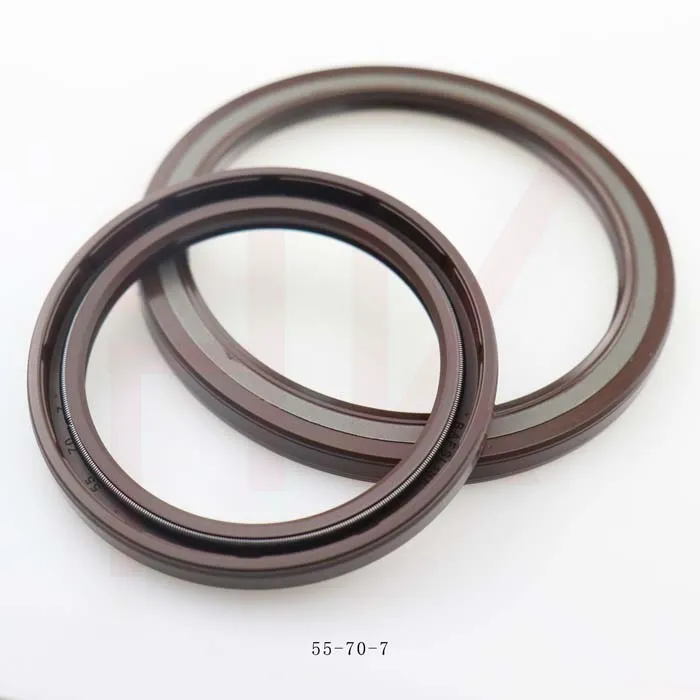9 月 . 16, 2024 22:26 Back to list
Hydraulic Cylinder Seal Replacement - Professional Repair Services
Hydraulic Cylinder Seal Replacement A Comprehensive Guide
Hydraulic systems are crucial components in various machinery, from construction equipment to industrial machinery. A common issue that can arise in the operation of hydraulic cylinders is seal failure. When this happens, it's essential to address the problem promptly to prevent further damage. This article provides a comprehensive overview of hydraulic cylinder seal replacement, ensuring that you can tackle the task effectively.
Understanding Hydraulic Seals
Hydraulic seals are specifically designed to prevent fluid leakage between different components in a hydraulic system. They come in various forms, including O-rings, lip seals, and wiper seals, each serving unique functions. Over time, seals can wear out due to exposure to high pressures, extreme temperatures, or contamination from dirt and debris. Symptoms of seal failure may include noticeable fluid leaks or reduced cylinder performance.
Preparation for Seal Replacement
Before beginning the replacement process, it is crucial to gather the necessary tools and materials. You will need
- Replacement seals (ensure they are compatible with your hydraulic cylinder) - A hydraulic cylinder service manual - Tools such as wrenches, screwdrivers, and seal installation tools - Clean rags and hydraulic fluid for maintenance
Step-by-Step Guide to Seal Replacement
1. Safety First Before you start, ensure the hydraulic system is depressurized. Disconnect the power source to avoid accidental activation.
hydraulic cylinder seal replacement

2. Disassembly Carefully disassemble the hydraulic cylinder. Start by removing any end caps or retaining rings to access the seals. Keep track of all parts and their arrangement for reassembly.
3. Remove Old Seals Gently pry out the old seals using a seal removal tool. Take care not to scratch or damage the cylinder walls, as this can lead to further leaks.
4. Clean the Cylinder Once the old seals are removed, clean the cylinder thoroughly. Remove any debris or remnants of the old seal to ensure a proper fit for the new seals.
5. Install New Seals Apply a thin layer of hydraulic oil to the new seals to aid in installation. Carefully position the new seals in their respective grooves, ensuring they are seated correctly.
6. Reassemble the Cylinder Once the new seals are in place, reassemble the hydraulic cylinder in the reverse order of disassembly. Tighten all components securely but avoid over-tightening.
7. Test the System After reassembly, reconnect the hydraulic system and gradually pressurize it. Check for leaks and ensure the hydraulic functionality is restored.
Conclusion
Replacing hydraulic cylinder seals can extend the life of your equipment and maintain optimal performance. By following the outlined steps carefully, you can ensure a successful and efficient seal replacement process. Remember to consult your machinery's service manual for specific guidance tailored to your hydraulic system. Regular maintenance and prompt seal replacement will lead to enhanced reliability and performance in your hydraulic operations.
-
The Power of Advanced Sealing: High-Pressure Solutions for Modern Machinery
NewsOct.29,2024
-
Optimizing Machinery with High-Performance Oil Seals
NewsOct.29,2024
-
Maximizing Machinery Efficiency with Advanced Oil Seals
NewsOct.29,2024
-
Ensuring Equipment Longevity with Quality Oil Seals
NewsOct.29,2024
-
Enhance Equipment Performance with Quality Oil Seals
NewsOct.29,2024
-
Custom Oil Seals for Specialized Machinery Needs
NewsOct.29,2024
-
The Role of Wiper Seals in Dust Sealing and Oil Protection
NewsOct.20,2024
Products categories
















